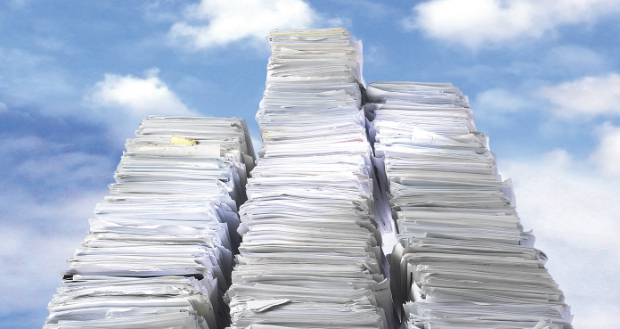
The latest research from Industry Edge, Pulp & Paper Strategic Review 2018, shows that demand for paper has fallen below one million tonnes for the first time in more than 30 years.
Industry Edge contends that the downward trend will continue for the next five years, with a worst-case-scenario of a further 22 per cent fall, and a best case scenario of an 18 per cent drop.
According to the research firm, in 2010-11, imports accounted for close to 80 per cent of total consumption of printing and communication grades, other than newsprint, while in the most recent year, they accounted for less than 63 per cent.
Under constant pressure from declining demand, a depreciated Australian dollar that made imports more expensive, sharp rises in global pulp prices and strong competitive action by local producers, imports succumbed to fall by 5.5 per cent compared to the prior year.
Since peaking at 1.09 million tonnes in 2010-11, import volumes have tracked steadily downwards, falling by 43 per cent over seven years.
Tim Woods, managing director, Industry Edge, explains, “Overall, the main grades of commercial printing papers are more expensive than a year ago because of the combined effect of higher pulp prices and the depreciation of the Australian dollar. Paper was going to be more expensive anyway, and doubly so because the Aussie is worth less now.
“Just a year ago, imports accounted for 70 per cent of total printing and communication paper demand in Australia. A year on and they accounted for just over 62 per cent. That is a large decline, especially because the Australian market was more than 50,000 tonnes smaller.
“Australian demand for printing and communication papers, including copy paper, fell below one million tonnes for the first time in more than thirty years. Our analysis indicates the downward trend will continue over the next five years. Our worst case scenario shows the market falling about 22 per cent in total over that period, but our best case is not much better, showing a fall of around 18 per cent.
“Local demand is not the main factor feeding into pricing. Imports and import pricing structures drive local prices for paper. If it forgot it, the market certainly remembered that in the last year.
“With the Australian dollar likely to be lower for some time, pulp prices remaining high and global capacity more and more responsive to demand, higher prices need to be anticipated over the next year, at least.”
Comment below to have your say on this story.
If you have a news story or tip-off, get in touch at editorial@sprinter.com.au.
Sign up to the Sprinter newsletter


